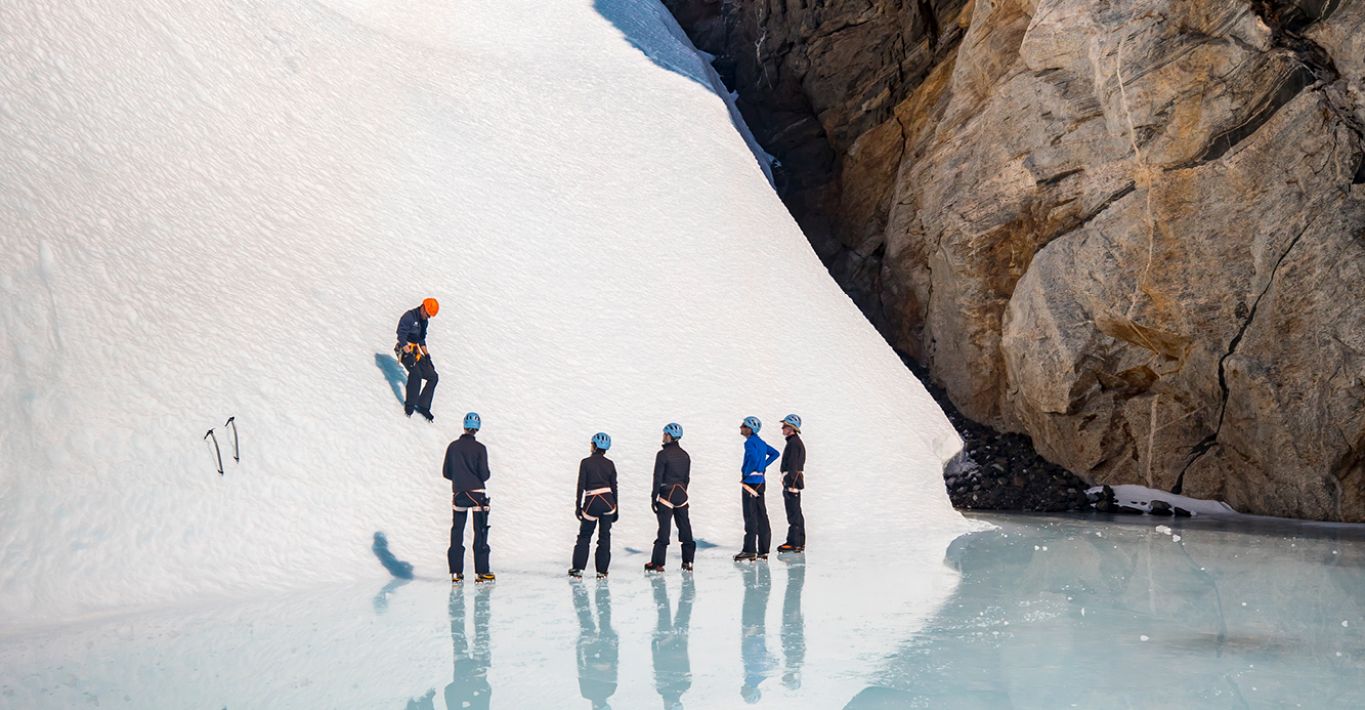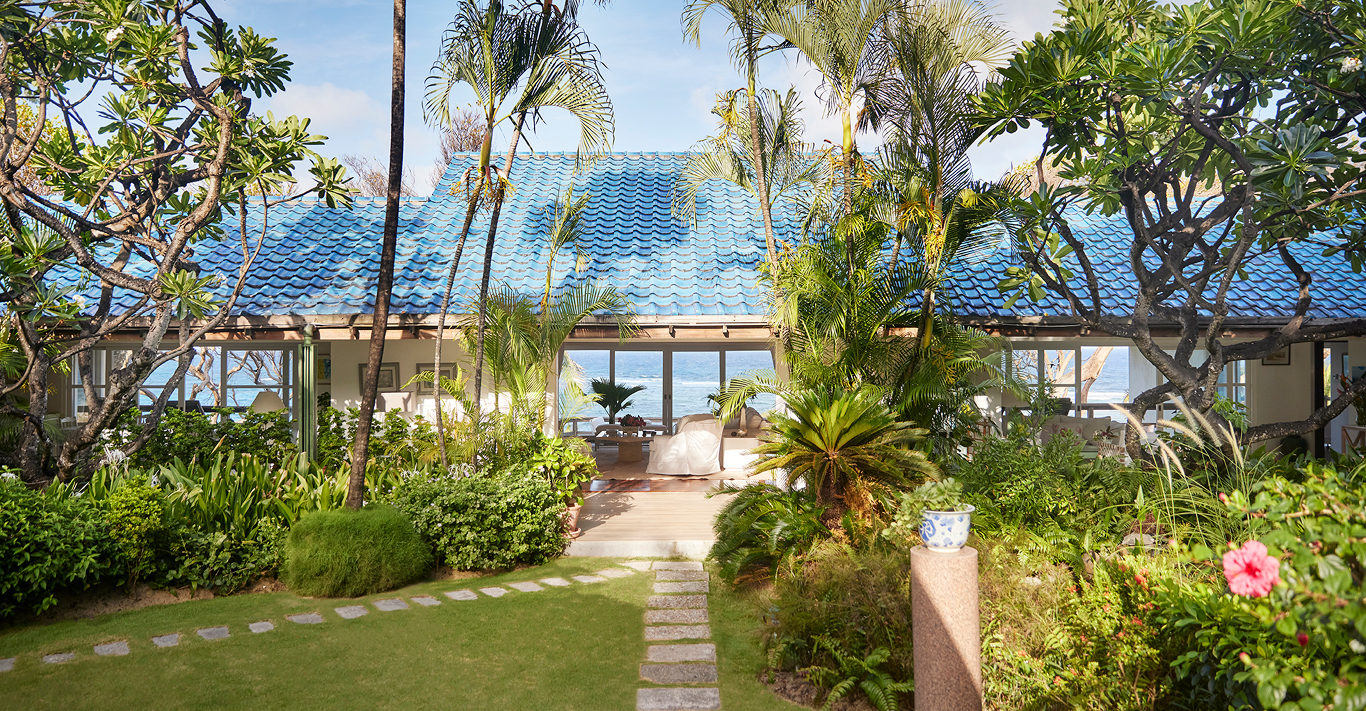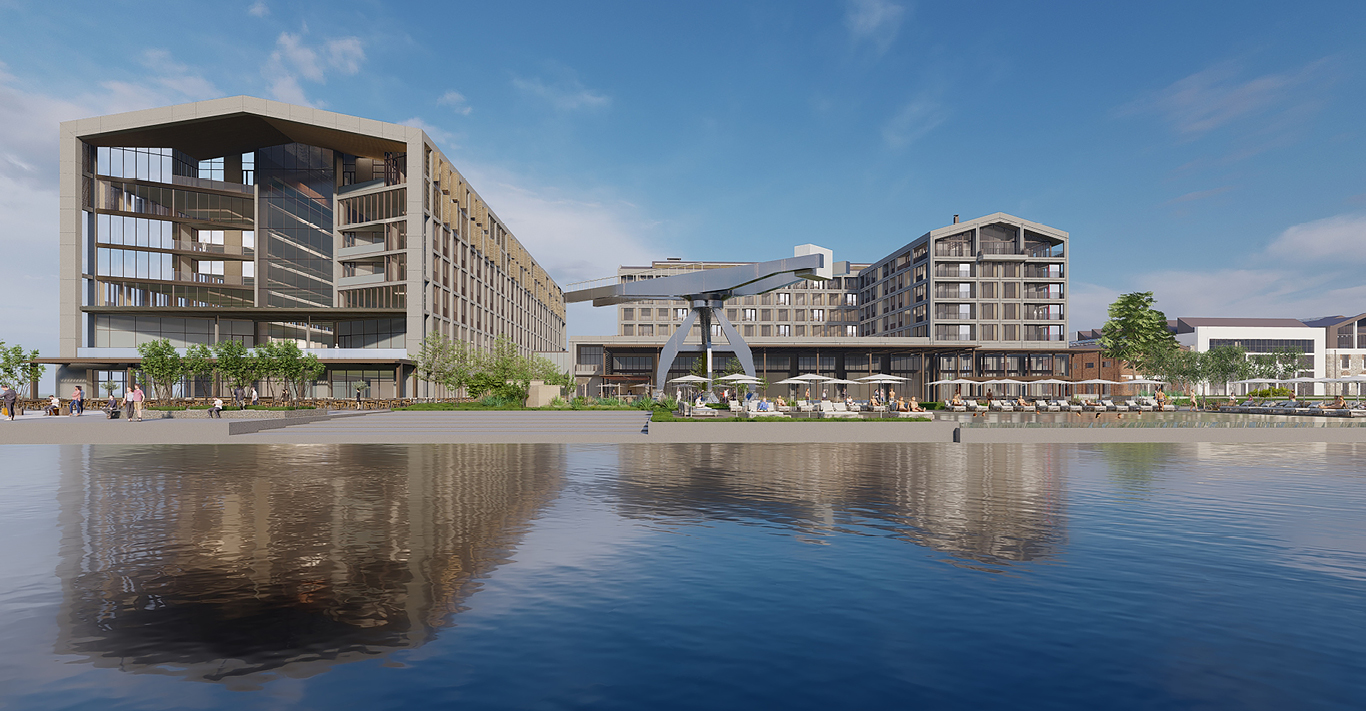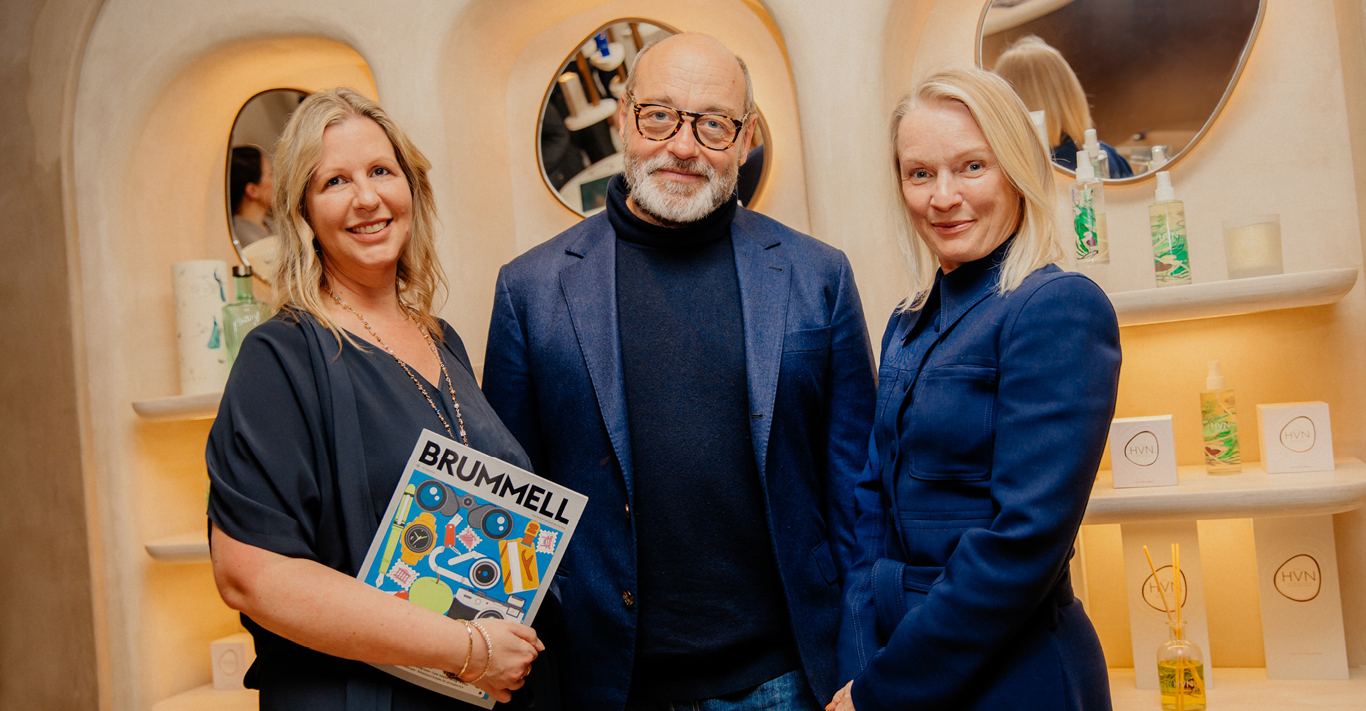Adventure is in my genes. I was born while my parents were on safari in what is now Zambia, in 1942. I grew up running wild on our farm in Kenya and when I would ask my father – a colonel in the King’s African Rifles – where we were going on holiday, Dad would reply, ‘Somewhere we can’t drink the water’.
In 1962, my parents and I founded a safari company – Abercrombie & Kent – and since then, I’ve packed a lot in. I’ve climbed Kilimanjaro, hiked to Tiger’s Nest in Bhutan, and circled the Earth along the equator. I was the first to journey from the source of the Upper Amazon to where it meets the Atlantic Ocean and I’ve been to Iraq with some special forces. I have been to the edge of space in an English Electric Lightning jet – travelling Mach 2.2 at 21 kilometres up – and have also been to Everest Base Camp. I was officially the last person in the 20th century to stand on the North Pole, after a quick swim. My expedition in December 2018 to the South Pole was my latest and, perhaps, most challenging adventure. Like all dedicated travellers – and anyone who has caught the adventure bug – I still have more places I want to explore. I’m obsessed with the app Been, which reveals that I have visited most of the world’s countries. In the next few years, I want it to be 100 per cent. The desire to see the whole world is the driving factor behind ‘Inspiring Expeditions by Geoffrey Kent’. My recent expedition, with seven intrepid guests, to the vast wilderness of Antarctica meant I ticked off another continent – a personal dream fulfilled.
Like my hero of heroes, Sir Ernest Shackleton, I dreamed of getting to the South Pole. Unlike Shackleton, who led three British expeditions to the Antarctic, I wanted to do it in five-star comfort and style.
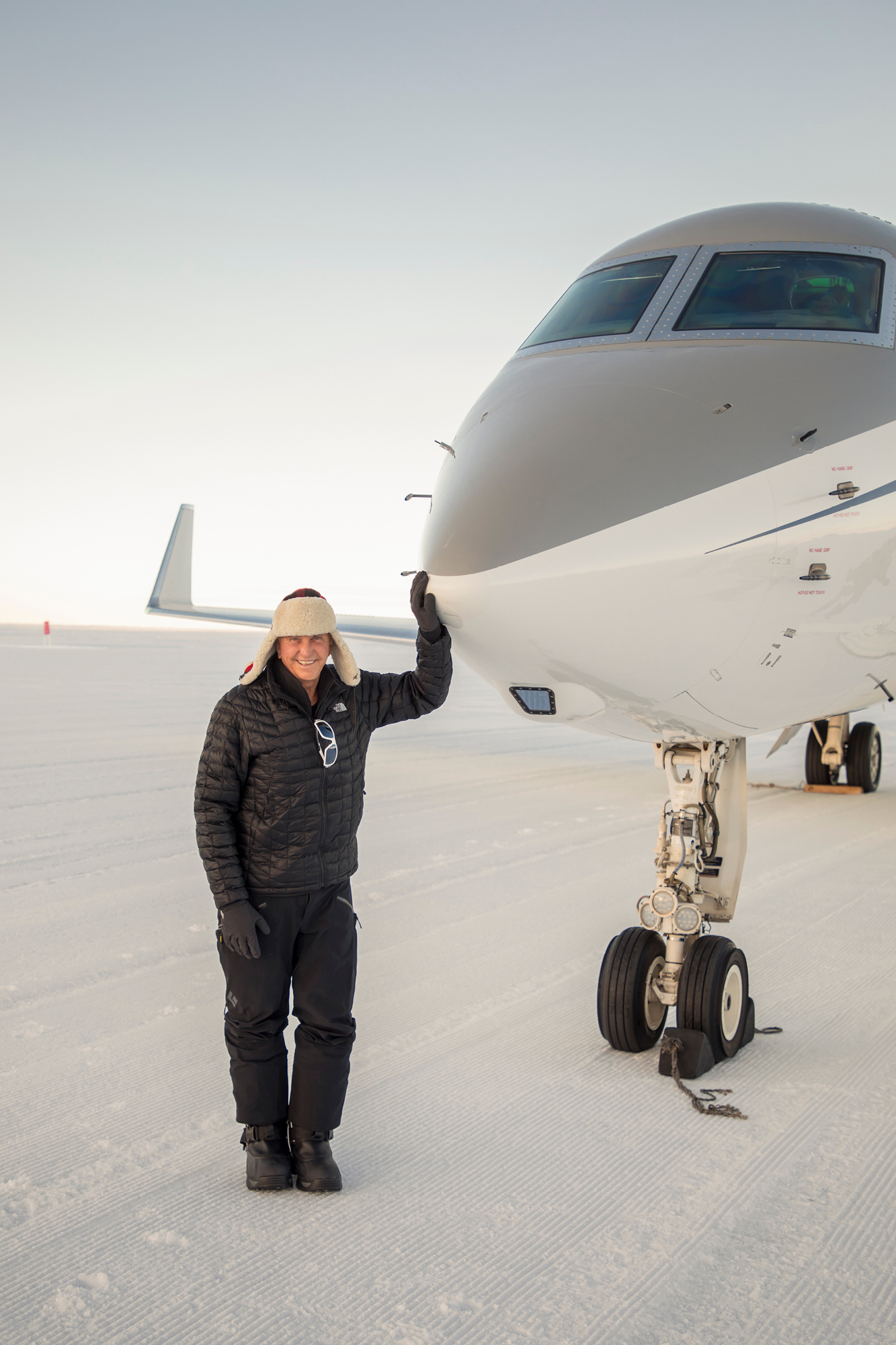
When most people speak of having been to Antarctica, they have travelled by cruise ship from Ushuaia, Argentina to the Antarctic Peninsula, a 1,300-kilometre chain of mountains and volcanoes that juts north towards South America. My expedition was to a dramatically different destination. The Antarctica that I’m talking about can’t be accessed by cruise ship. To get to the South Pole, you need a plane and skis or snowmobiles. Antarctica is vast: to get to the South Pole from our base inside the Antarctic Circle required an eight-hour flight, with a stop to refuel, and involved crossing a time-zone.
Our group set off from Cape Town in mid-December. Our cold-weather kit packed into the Gulfstream’s baggage compartment, we settled into our seats in short-sleeved tops. We crossed the Antarctic Circle and entered a world of continuous sunshine. We landed on the first of three ice runways that A&K constructed in Antarctica for this journey and got our first glimpse of the land of snow and ice in a place named ‘Wolf ’s Fang’.
Here Antarctica is a high desolate white desert where temperatures in summer rarely get above -20°C and the winter average is -60°C. It never rains and, with less than 20cm of snowfall a year, Antarctica is technically a desert. It is so dry that with the correct kit on, you can feel colder on London’s streets on a particularly grim day.
It’s the last true wilderness on our planet – the final place where a traveller can feel genuinely remote and know that your footprints may be the first – that no other human may have walked here before. And if they have, what a club to be part of.
From our base camp in an oasis – a series of rocky outcrops among the ice – over the course of eight days, our group flies to Atka Bay to view the large colony of emperor penguins there, learn winter skills, explore ice caves; visit both Russian and American research stations, summit (and earn the right to name) a peak in the Drygalski mountain range, and venture to the Geographic South Pole.
From the top of ‘Mount Inspiring’ – the virgin mountain that our group summitted for the first time in the company of Marko Prezelj, four-time Piolet d’Or winner – staring over this vast expanse of white in awe of nature at its most elemental, it’s hard to imagine the flux that this continent is undergoing. Very sadly, Antarctica has experienced an air temperature increase of 3°C – a huge increase, five times the average rate of global warming as reported by the United Nations’ Intergovernmental Panel on Climate Change (IPCC). This heating up is causing change – perennial snow and ice cover are melting, glaciers are retreating, and some ice shelves have collapsed completely. In the last 60 years, there has been a loss of 25,000 sq km of ice shelf.
The flora and fauna are being impacted too. In fact, they are facing an existential threat. Emperor penguin numbers have declined by as much as half in some places and the number of breeding pairs may fall by 80 per cent by 2100. One of the greatest, yet least seen, wildlife spectacles on the planet, the colony of 6,000 breeding pairs at Atka Bay is extraordinary. A two and a half hour-flight from base camp, thousands of adolescents are finding their feet and snow bathing to cool off in strong sun, while thei parents fish. Though unused to seeing humans up close, these animals are under threat from human action thousands of kilometres away.
We reach the Pole two days and 107 years after Roald Amundsen, a Norwegian explorer who won the race to the South Pole, just ahead of Scott. Amundsen had gained renown five years previously for being the first to sail the Arctic’s fabled Northwest Passage from the Atlantic to the Pacific. Standing at the designated marker at the lowest point on earth, you are able to walk around the world in a few steps. Surrounding the marker are flags from the 12 signatories of the Antarctic Treaty that sets aside the continent as a scientific preserve. It’s a good place to reflect on the adventure of getting here and wondering about what’s going to become of this White Desert.
And finally, I have South Pole currently printed in my passport!


